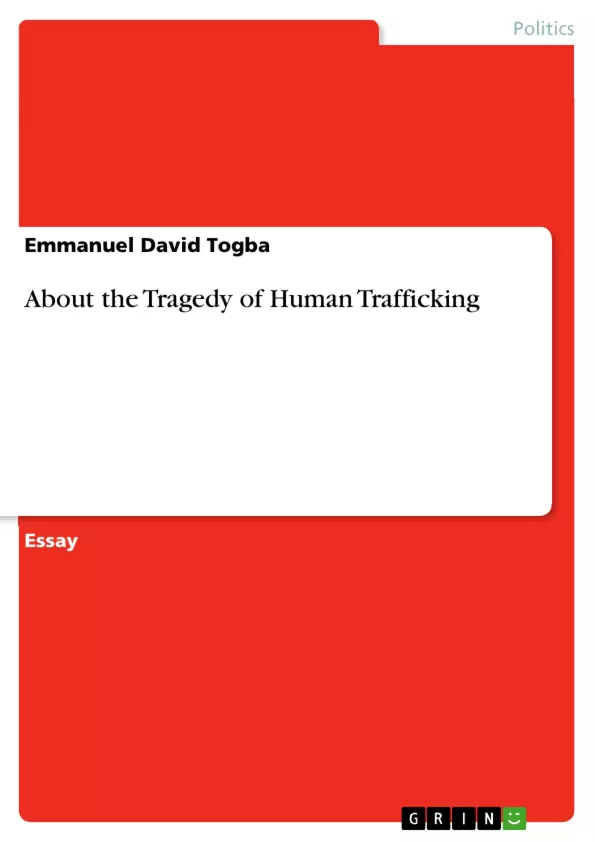Human trafficking is the worst kind of crime that is committed against humanity and shames us all. While there are issues with imprinting an exact deffinition on Human Trafficking, there is reliable definition enshrined in International Law for the purpose of dealing with human trafficking issues around the World. As per UN protocol, trafficking in persons would entail the recruitment, transportation, transfer, and harbouring or receipt of person with the help of threats or force of one kind or another. As it stands, this definition is used across the world to determine incidents of trafficking. However, there remain a confusion in identifying trafficking cases from others siminar crimes like smuggling of persons.
Inhaltsverzeichnis (Table of Contents)
- The Tragedy Human Trafficking: Is it possible to combat human trafficking?.
- Human Trafficking as a Big Business
- Is It Possible to end human trafficking?
- Taking the Initiative
- UN Global Initiative to Fight Human Trafficking (UN.GIFT) ..
- Prevention.
- Vulnerable Communities.
- Responses to Combat Human Trafficking.
- Shared Responsibility.
- Enhancement of the Expertise and the Ability.
- Conclusion....
Zielsetzung und Themenschwerpunkte (Objectives and Key Themes)
This text aims to expose the pervasive issue of human trafficking, highlighting its devastating impact on vulnerable communities worldwide. The objective is to shed light on the complex nature of this criminal activity and explore the potential for effective countermeasures.
- The global scale of human trafficking
- The impact of human trafficking on victims
- The criminal networks and profits generated through human trafficking
- The need for comprehensive global efforts to combat human trafficking
- The role of individuals and communities in preventing and responding to human trafficking
Zusammenfassung der Kapitel (Chapter Summaries)
- The Tragedy Human Trafficking: Is it possible to combat human trafficking?: This chapter defines human trafficking and outlines its devastating global impact, emphasizing the exploitation of vulnerable individuals and communities.
- Human Trafficking as a Big Business: This chapter examines the economic dimensions of human trafficking, exposing the vast profits generated through both forced labor and sexual exploitation.
- Is It Possible to end human trafficking?: This chapter delves into the challenges of combating human trafficking, highlighting the complex network of criminal organizations and the inadequacy of current prevention and prosecution strategies.
- Taking the Initiative: This chapter explores various approaches to counter human trafficking, discussing the role of international initiatives, community involvement, and the need for improved expertise and resources.
Schlüsselwörter (Keywords)
This text centers around the concepts of human trafficking, exploitation, criminal networks, global impact, vulnerable communities, prevention, prosecution, and international cooperation.
- Arbeit zitieren
- Emmanuel David Togba (Autor:in), 2016, About the Tragedy of Human Trafficking, München, GRIN Verlag, https://www.grin.com/document/436725



